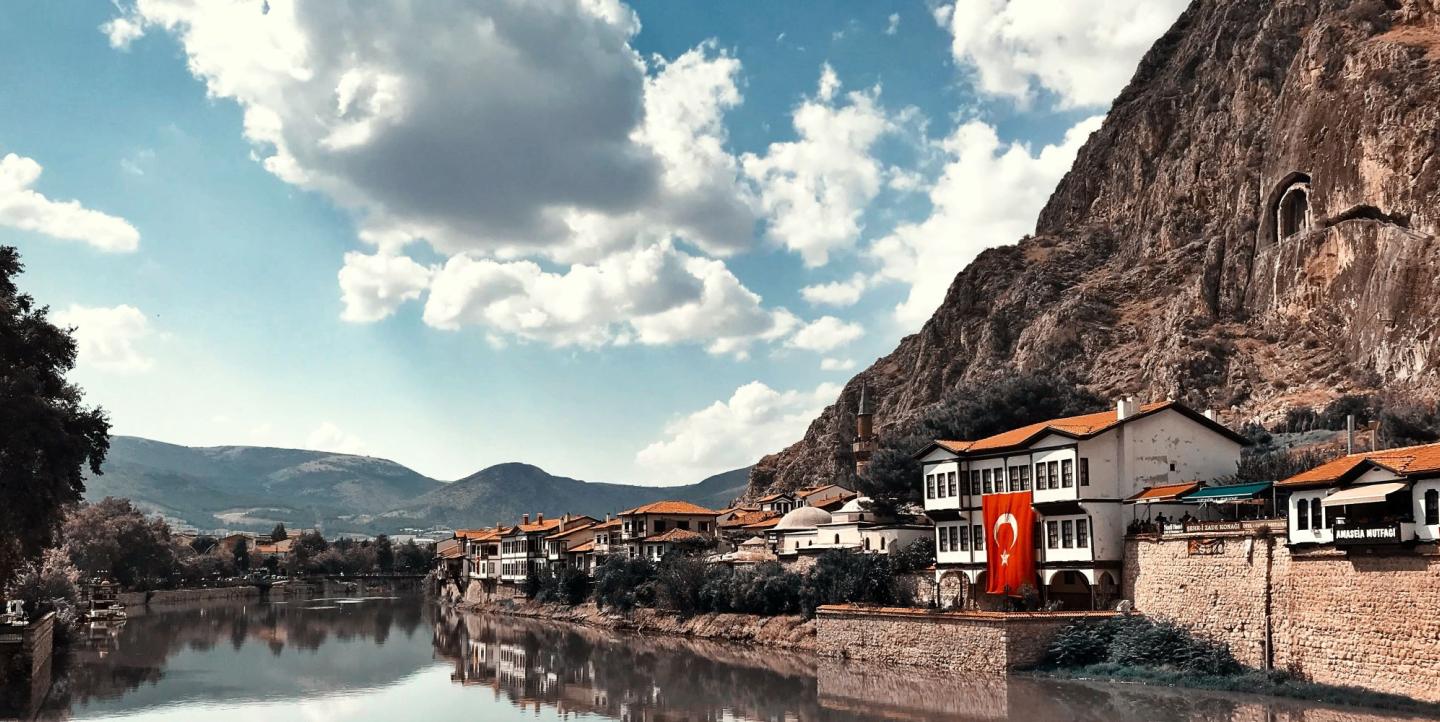The climate crisis is global, yet few journalists in Turkey report on it. And when they do, they often fail to communicate the immediacy of the issue.
“In Turkey, there is a noticeable absence of experts in the field of climate change and policy among correspondents and journalists. Specifically, there is a lack of dedicated climate journalists,” said Özlem Katısöz, Turkey policy coordinator at Climate Action Network.
Still, some Turkish journalists are dedicated to the beat, reporting on topics such as deforestation due to coal mining, climate change-induced wildfires, and the effects of fossil fuel markets on public institutions.
Together with work produced by Turkey’s culture sector, these journalists are striving to cover the crisis and its many consequences in the face of multiple challenges.
Challenges to environmental reporting
The warming of Turkish seas from climate change is one example of an issue that has received little coverage in Turkish media. Marine scientists say that its effects, such as the introduction of invasive pufferfish and lionfish, are a major threat to the marine ecosystem.
“Small-scale communities are not well-educated. It's not easy to convince them [that enforcement is critical],” said Zafer Kizilkaya, the founding director of the Mediterranean Conservation Society, and the first Turkish citizen to win the Goldman Environmental Prize, also known as the Green Nobel.
Many journalists, in a landscape dominated by pro-government media, are reluctant to produce work critical of the government’s environmental policies. The country’s relatively small contribution to carbon emissions compared with the world’s leading emitters, such as the U.S. and China, also diminishes how seriously government and industry actors respond to coverage of climate issues.
Turkey’s energy independence is also often reduced to a national security issue in mainstream politics. The country’s reliance on coal to power its electricity grid is an issue that is discussed in national media as a matter of local politics – despite protests against, among a slew of environmental catastrophes, large-scale deforestation in the Aegean region of Akbelen.
In 2021, the Turkish government added “Climate Change” to the title of its Environment and Urbanization Ministry, but this has done little to improve what is often lip service to environmental goals in lieu of action.
Environmental coverage in Turkey today
As a result of these challenges, reporting on the long-term consequences of climate emissions is practically nonexistent.
“Unfortunately, lack of expertise on climate among media representatives poses a challenge when it comes to covering news from a climate perspective in Turkey,” said Katısöz. “However, we have managed to bridge this gap by collaborating with experienced communication colleagues and utilizing various communication channels, both traditional and social media.”
For example, one climate think tank, Ember, enjoys the rare position of being respected by both industry actors and environmentalists due to their authoritative reports that draw on quantitative data collected and analyzed by reputable teams of researchers. “Our approach was to find a trade-off between pessimism and optimism in our messages,” said Ufuk Alparslan, Ember’s regional lead in Turkey.
In a recent study, Ember praised Turkey's percentage of wind power electricity in comparison to other countries, while criticizing solar power as lagging behind. “This type of messaging and framing works well in Turkey – energy independence, import savings, making Turkey more independent from other countries,” Alparsian continued. “But if you focus on only environmental aspects of it such as the 1.5 degree [Celsius] target [for global temperature increases or] emission reductions, people are not really interested.”
Some small alternative outlets that cover climate news and related environmental issues have also achieved some success with their reporting. These include Yeşil Gazete, a green website, and Kaldıraç Magazine, a socialist monthly, both of which have covered protests against coal mining and the destruction of green spaces by mega-projects under Erdogan. Other more mainstream outlets, including radio station Açık Radyo’s hard-hitting “Green” series, and Leftist news publications like BirGün, a daily newspaper, have reported on the Russian-owned nuclear power plant in Turkey and global warming, among other issues.
Local journalists are often limited in their efforts to engage global audiences due to foreign funding’s focus on Turkish-language reporting. This leaves fewer financing options for English-language independent newsletters like Turkey recap or ANKA Review.
Some Turkish journalists, such as Selin Ugurtas, have turned to Substack for sustainability. Her project, “Three Centuries on Low Fire,” has also received funding from Germany’s social democracy platform, Friedrich-Ebert-Stiftung.
For other publications, environmental issues cut across other pressing issues, like workers’ rights. Direnisteyiz, a far-left platform focusing on socioeconomic issues, publishes daily reports on industrial projects and deforestation. It is often blocked by government censors. “General perspectives are missing in Turkey,” said Tuğgen Gümüşay, a journalist at Kaldıraç Magazine. “In terms of environmental issues, socialists from Turkey do not know what they have to do. The environment is a basic problem, but what we are going to do about it, and how to do it is missing.”
Art and environmental reporting
One of the few remaining fields for independent journalism is in the local art world’s publishing trade. In e-magazines and digital publications, voices from liberal civil society survive in the face of authoritarian cultural revisionism promoted by Turkey’s AKP regime.
“People interested in environmental issues started the resistance against the government [during the Gezi Protests in 2013]. We have a good history of resistance,” said academic and art historian Fırat Arapoğlu. “That’s why we have to raise questions about these issues, especially for companies supporting artistic exhibitions while at the same time harming nature.” The 2013 Gezi Park Protests began as an initiative to protect inner city parkland, he noted.
Yet, the arts have a complicated relationship with climate change. “Koç, Sabancı, [and] Limak are just a few examples of companies in Turkey that support the arts but at the same time take part in projects that harm the environment,” Arapoğlu said. In one article for the Turkish magazine ArtDog, Arapoğlu critiqued the arts patronage of Limak Holding’s chairperson Ebru Özdemir, highlighting how companies like Limak sponsor environmentalist art while being complicit in coal extraction and deforestation. In another piece, Arapoğlu discredited Şekerbank’s environmentally-themed art exhibitions while supporting ecologically damaging industries.
“An art audience, art lovers, need to know what environmentally destructive companies aim to achieve by sponsoring artistic and cultural projects, and the potential problems they create,” he said.
After all, added Gümüşay: “The world is not going to be livable. We all say that.”


